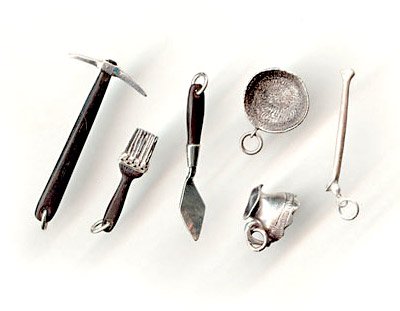
Sixteen historical sites across Lahore have been identified by the Punjab Archaeology Department and included in the list of “protected” sites under the Punjab Special Premises Preservation Ordinance (SPPO), 1985.
An Archaeology Department official speaking on condition of anonymity told The Express Tribune that the sites were identified in December with the assistance of the Department of Youth Affairs, Sports and Archaeology.
A building has to be 75 or more years old to be enlisted as “protected” under the SPPO, 1985. The law was passed in 1985 to protect 244 historical sites across Punjab that were not covered under the Federal Antiquities Act, 1975. Twelve more buildings were extended protection after 1987.
The official said the revenue record of each building would be collected and a notification issued to the authority in charge of each building.
He said a request had been sent for the revenue record to the office of the city district government. He said most of the new buildings proposed to be protected were in a good condition. “Granting protection does not mean immediately starting conservation work. Funds are usually granted when a building is in need of help. Listing the buildings under the SPPO enables the Archaeology Department to provide technical help in the future,” he said.
The buildings to be added to the list are:
On The Mall, the Bawa Dinga Singh Building (built in 1927) and the Cathedral Church (1887); the Chief Secretary Block of the Punjab Civil Secretariat (1849), the Deputy Commissioner’s Office and Nadir Hall, all situated on the Lower Mall; the milestone stating “Delhi 311 miles” on McLeod Road, the Muslim High School (1911) building on Rattigan Road, Faletti’s Hotel on Egerton Road and the tomb in Kot Khawaja Saeed (built in 1231).

A number of houses in Begumpura and Mughalpura built by Nawab Zakariya Khan, one of the governors of Lahore during the late Mughal period, the Shah Hamid Qari Mosque built during the reign of Mughal emperor Aurangezeb and the tomb of an unidentified person in Begumkot have also been declared protected.
A few monuments inside the Walled City, including the Kotwali Police Station (built in the 1850s) outside Delhi Gate and the Pani Wala Talab (municipal water tank), the first constructed in the subcontinent by the British in the 19th century, have also been listed for protection. The Polytechnic College, opposite Jain Mandir on Lytton Road, and the building of Mayo Hospital and Albert Victor Hospital (built 1871) will be protected.
Artist Ajaz Anwar, a founding member of the Lahore Conservation Society, said the SPPO, 1985 was passed after the Lahore Conservation Society urged the government to pass another piece of legislation to extend protection to historical buildings not protected under the Antiquities Act of 1975.
“While 244 building were listed under the legislation, there was no real protection,” he said. Two protected buildings, including the Taj Palace, a bungalow built during the British era, and Hayat Furnitures building on Hall Road were razed overnight in early 1990s, Anwer said. He said the real problem was that people no longer valued old buildings for their history. “I believe awareness is a stronger protection than the law,” he said.
Published in The Express Tribune, January 10th, 2013.































1713853507-0/MalalaHilary-(2)1713853507-0-270x192.webp)







COMMENTS
Comments are moderated and generally will be posted if they are on-topic and not abusive.
For more information, please see our Comments FAQ